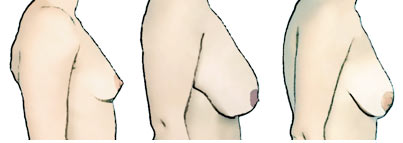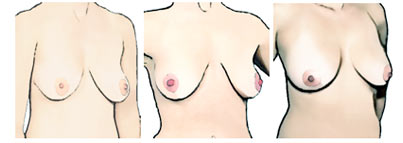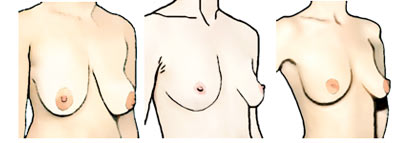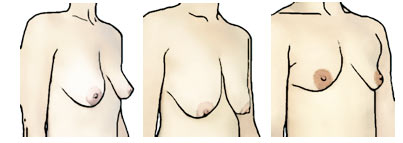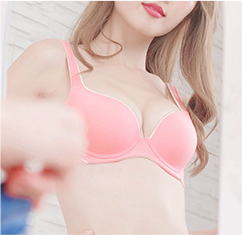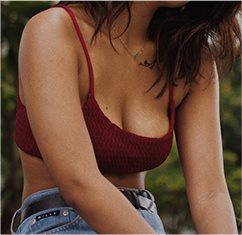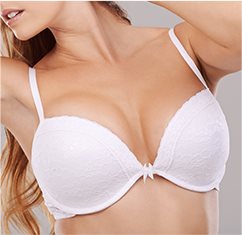CLASSIFY YOUR BREASTS
A guide to classifying your upper breast fullness
The volume of breast tissue in the upper half of your breasts is what determines how much fullness you will have at your neckline. This fullness is called "mounding." When you see a woman in a corset with her breasts pushed up and almost spilling over, this is full mounding. Generally, we all start off with full upper breast tissue, but age, genetics, babies, illness, going braless, weight fluctuations and more can impact your upper breast fullness. This lost fullness/lack of fullness impacts how your bra will fit.
- TOMIMA

